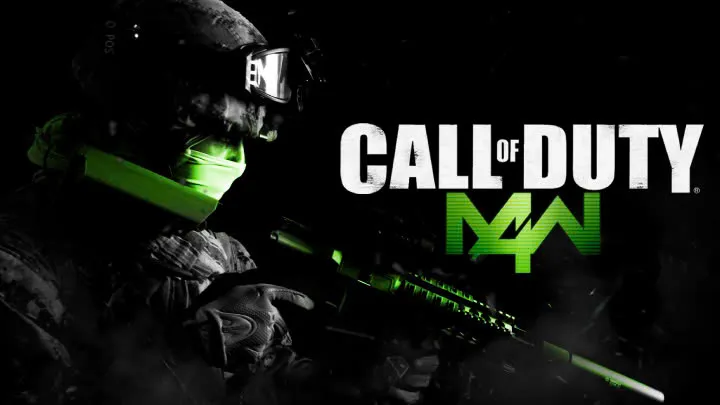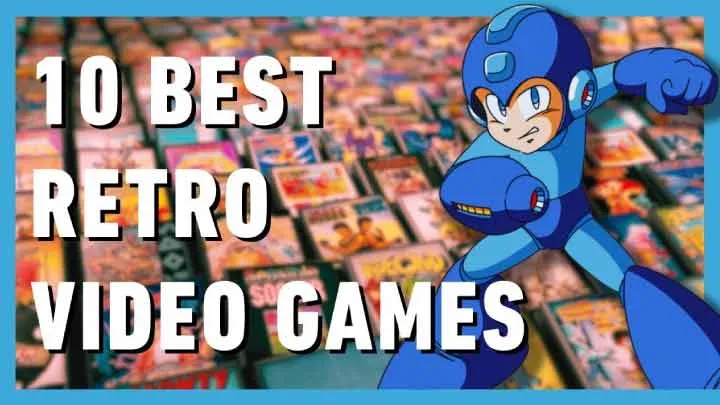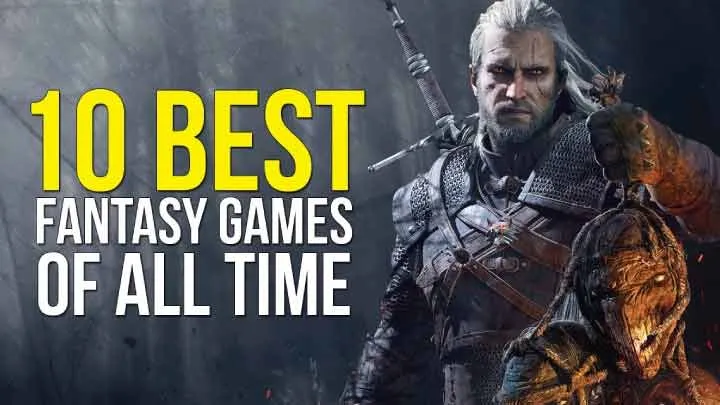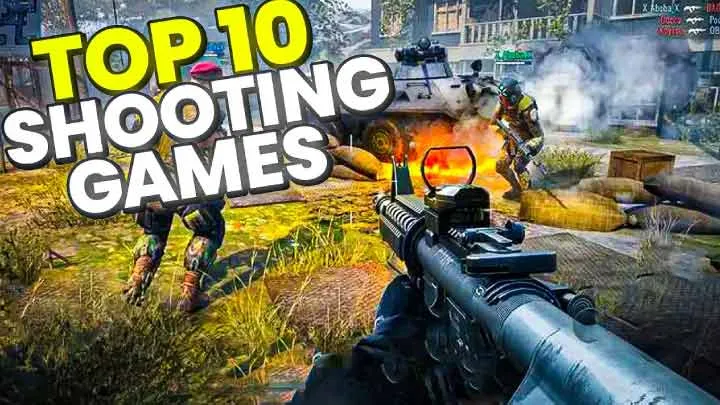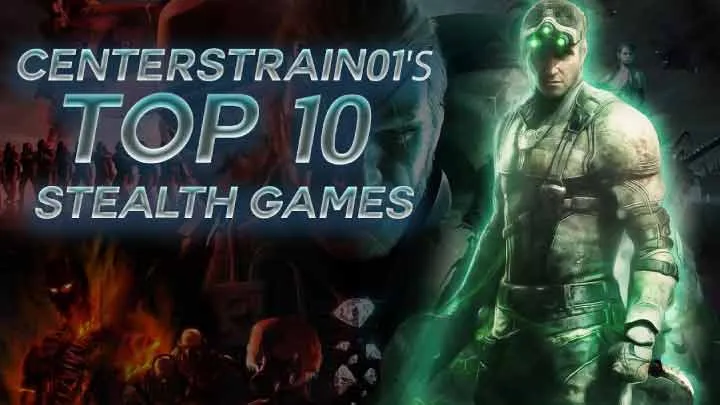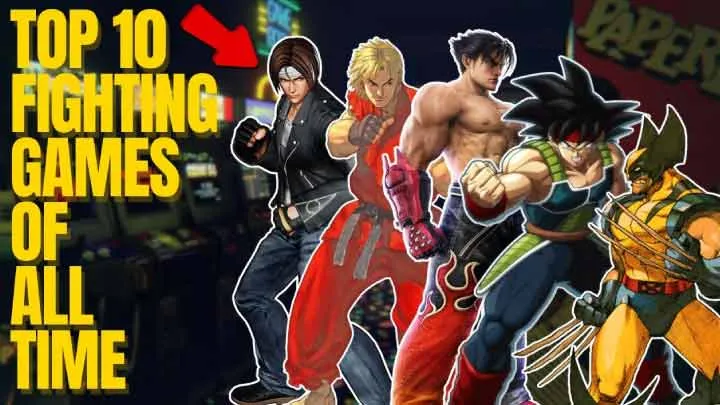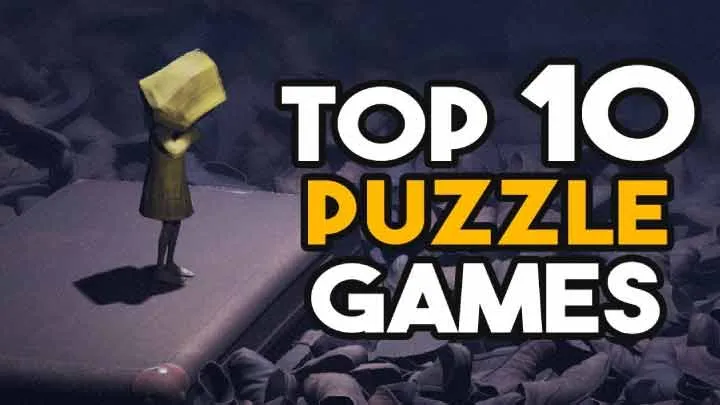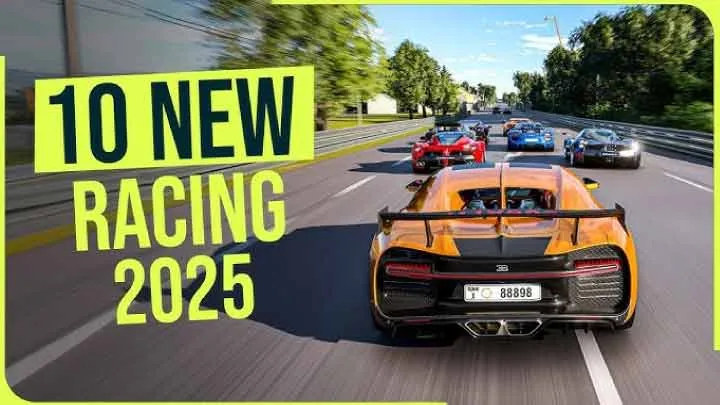Introduction
Platformer games have been a cornerstone of the gaming industry for decades. They combine intuitive controls with layered challenges, making them accessible for casual players while offering depth for veterans. From early 8-bit classics to modern cinematic masterpieces, platformers have continuously evolved, adapting to new technologies and audiences.
This article explores 10 of the greatest platformer games across generations, diving into their storylines, gameplay mechanics, and overall impact on gaming culture. Whether you grew up with pixelated heroes or modern reimaginings, these games showcase why platformers remain timeless.
1. Super Mario Bros. (1985) – The Golden Standard
Few games are as iconic as Super Mario Bros. for the NES. It didn’t just popularize the platforming genre—it defined it.
Gameplay Analysis
The mechanics are deceptively simple: run, jump, and stomp on enemies while navigating increasingly complex levels. Power-ups like the Super Mushroom and Fire Flower added layers of strategy, while secret warp zones encouraged exploration.
Evaluation
Its precise controls, catchy music, and innovative level design made it universally beloved. Even today, Super Mario Bros. is studied in game design courses as a perfect example of gradual skill-building.
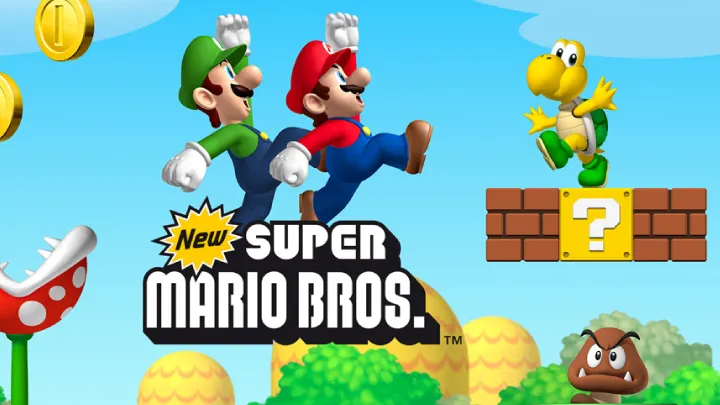
2. Sonic the Hedgehog (1991) – Speed Redefined
When Sega introduced Sonic the Hedgehog, it was designed to be faster, flashier, and edgier than Mario, giving players a new kind of thrill.
Gameplay Analysis
Sonic’s gameplay centered around momentum. Players could dash through loops, spring off bumpers, and collect rings while maintaining speed. This emphasis on velocity created a unique sense of flow compared to other platformers.
Evaluation
Although some levels slowed down the action with traps, the game’s vibrant visuals, energetic soundtrack, and smooth controls made it Sega’s flagship title and a cultural phenomenon.
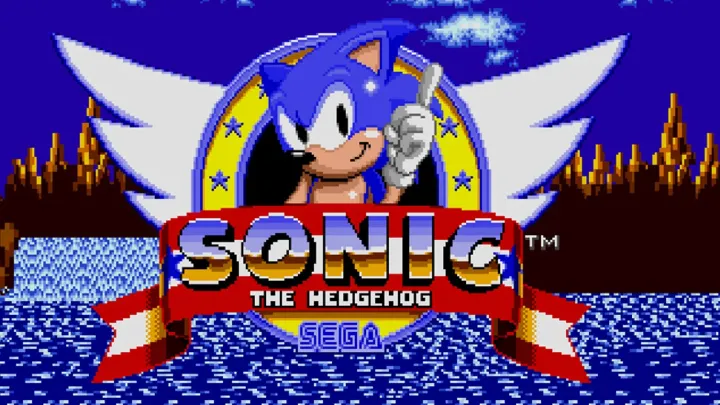
3. Donkey Kong Country (1994) – Visual and Musical Breakthrough
Nintendo revolutionized the SNES era with Donkey Kong Country, pushing the system to its limits with groundbreaking visuals.
Gameplay Analysis
The game combined classic platforming with animal companions, mine cart chases, and underwater stages. Players alternated between Donkey and Diddy Kong, each with distinct abilities.
Evaluation
The pre-rendered 3D graphics and atmospheric soundtrack by David Wise set new standards in gaming presentation. It balanced challenging platforming with rewarding secrets, cementing it as a SNES classic.
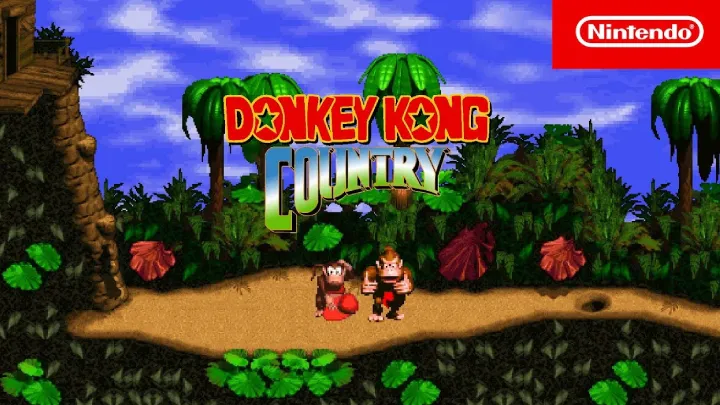
4. Crash Bandicoot (1996) – The 3D Leap
Developed by Naughty Dog, Crash Bandicoot brought platformers into the 3D era while retaining the genre’s essence.
Gameplay Analysis
Crash’s levels alternated between linear corridor runs, chase sequences, and side-scrolling sections. Collecting Wumpa fruit and smashing crates added layers of reward-based progression.
Evaluation
Though limited in movement compared to later 3D platformers, its charm, difficulty, and personality made Crash Sony’s unofficial mascot during the PlayStation’s rise.
5. Super Mario 64 (1996) – A Revolution in 3D Gaming
Super Mario 64 wasn’t just a game; it was a paradigm shift. It redefined what 3D gaming could achieve.
Gameplay Analysis
With open-ended levels like Bob-omb Battlefield and Cool, Cool Mountain, players had freedom to approach challenges in multiple ways. The analog stick allowed unprecedented control over Mario’s movement.
Evaluation
Its influence is immeasurable. Every 3D platformer since has borrowed from its innovations. The game’s balance between exploration and precision platforming still holds up decades later.
6. Rayman 2: The Great Escape (1999) – Whimsical Adventure
Ubisoft’s Rayman 2 marked a departure from the original’s 2D design, offering a lush 3D world filled with charm and challenge.
Gameplay Analysis
Rayman navigated diverse levels with acrobatics, gliding abilities, and projectile attacks. The game emphasized puzzle-solving alongside traditional platforming.
Evaluation
Its imaginative world, fluid animation, and whimsical characters earned critical acclaim. It showed that 3D platformers could balance storytelling with gameplay without losing accessibility.
7. Celeste (2018) – Modern Indie Masterpiece
Fast forward to the indie revolution, Celeste proved that pixel art and precision gameplay still had a place in modern gaming.
Gameplay Analysis
The game featured tight platforming mechanics focused on climbing and dashing. Each death taught players resilience, as instant respawns kept frustration minimal. Hidden strawberries and B-Sides added depth for completionists.
Evaluation
Beyond gameplay, Celeste delivered an emotional narrative about mental health and self-discovery. It was both challenging and heartfelt, resonating with players worldwide.
8. Hollow Knight (2017) – The Metroidvania Evolution
Though technically a Metroidvania, Hollow Knight’s platforming elements are so strong that it deserves a place here.
Gameplay Analysis
Set in the haunting underground kingdom of Hallownest, players mastered precise jumps, wall climbs, and dash mechanics while battling tough enemies. Exploration and movement were tightly intertwined.
Evaluation
Its difficulty curve, art direction, and atmospheric music made it a standout indie hit. The fluid platforming elevated exploration, making it one of the best modern takes on the genre.
9. Ori and the Blind Forest (2015) – Beauty in Motion
Moon Studios’ Ori and the Blind Forest blended breathtaking visuals with emotionally charged storytelling.
Gameplay Analysis
Platforming in Ori relied on fluid movement, wall climbs, and precise double jumps. Later abilities like the Bash mechanic added complexity and creativity to traversal.
Evaluation
With hand-painted art and a moving soundtrack, it offered one of the most beautiful platforming experiences ever created. Its sequel, Ori and the Will of the Wisps, refined the formula even further.
10. Super Mario Odyssey (2017) – Reinventing a Legend
Nintendo once again reinvented its flagship series with Super Mario Odyssey, delivering one of the most inventive platformers of all time.
Gameplay Analysis
The core mechanic introduced Cappy, Mario’s hat companion, allowing possession of enemies and objects. This opened countless new possibilities for traversal and puzzle-solving.
Evaluation
Odyssey combined sandbox-style exploration with classic Mario platforming. Its creativity, polish, and pure fun made it an instant classic for modern audiences.
Conclusion
Platformer games have evolved dramatically, from simple side-scrolling adventures to vast, story-driven epics. Yet, the essence remains: fluid movement, creative challenges, and a sense of discovery.
From Super Mario Bros. setting the foundation to Celeste redefining emotional storytelling, these ten titles represent the best of the genre across generations. Whether you prefer retro charm or modern artistry, platformers continue to captivate players young and old.








